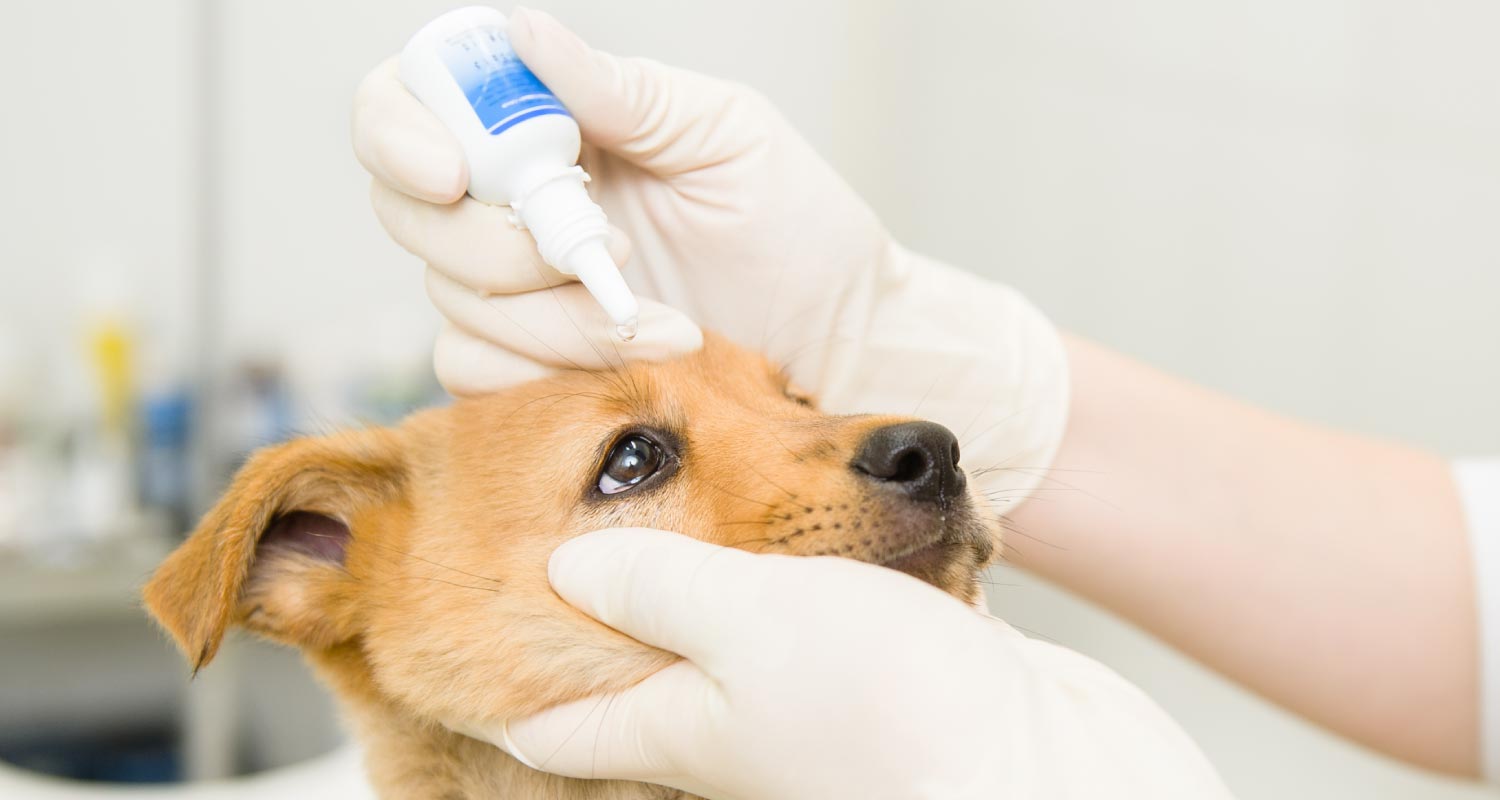HEALTH & WELLNESS

VOTING BOOTH

TRENDING

LIONS FOUNDATION OF CANADA DOG GUIDES
Lions Foundation of Canada Dog Guides and its founding program, Canine Vision Canada, was established in 1983. It’s the largest school of its kind in Canada with its training school in Oakville and breeding facility in Breslau.
A List of Common Eye Conditions in Canines: Part 2

Welcome to Part 2 of common eye conditions in canines.
- Entropion
The term for inverted eyelids or eyelids that fold inwards is entropion. All or part of the eyelids can be affected in dogs that suffer from this painful genetic condition. The abnormality causes the eye’s surface to become irritated from hair or lashes scratching it. Later, damage can lead to corneal ulceration, perforation or the buildup of dark scar tissue. Watch out for excessive tearing and squinting. - Glaucoma
Basically when eye fluids are unable to drain, eye pressure increases. Symptoms include cloudy corneas, dilated pupils, pain, increased tearing, redness and sometimes enlarged eyes. Untreated glaucoma usually results in impaired vision and eventually blindness. - Keratoconjunctivitis Sicca (KCS) or Dry Eye
Adequate ‘tears’ are required to keep eyes lubricated. A deficiency in the aqueous tear film in dogs is responsible for dry eye (‘syndrome’), or keratoconjunctivitis sicca (KCS). The disorder is characterized by severely dry eye surfaces and dry eyelid linings. Symptoms vary, so any concerns should be reported to your vet. - Lens Luxation
Lens luxation is the official term for a dislocated eye lens (the eye lens ‘leaves’ its allocated area). Dogs older than three and younger than 10 are typically affected. Breeds that are prone to lens luxation include border collies, cocker spaniels, German shepherds and terriers. - Progressive Retinal Atrophy (PRA)
Progressive retinal atrophy (PRA) is another genetic disease that causes blindness and unfortunately it’s not easy to catch. Essentially the ‘film’ (retina) is wrinkled or scarred. The first warning sign: Night vision issues.
THAT’S IT FOR PART 2!
Find out more about the following conditions in Part 1:
- Cataracts
- Cherry Eye
- Blepharospasm
- Conjunctivitis (Pink Eye)
- Corneal and Scleral Wounds
Related Articles


side_slide2
side_slide1






